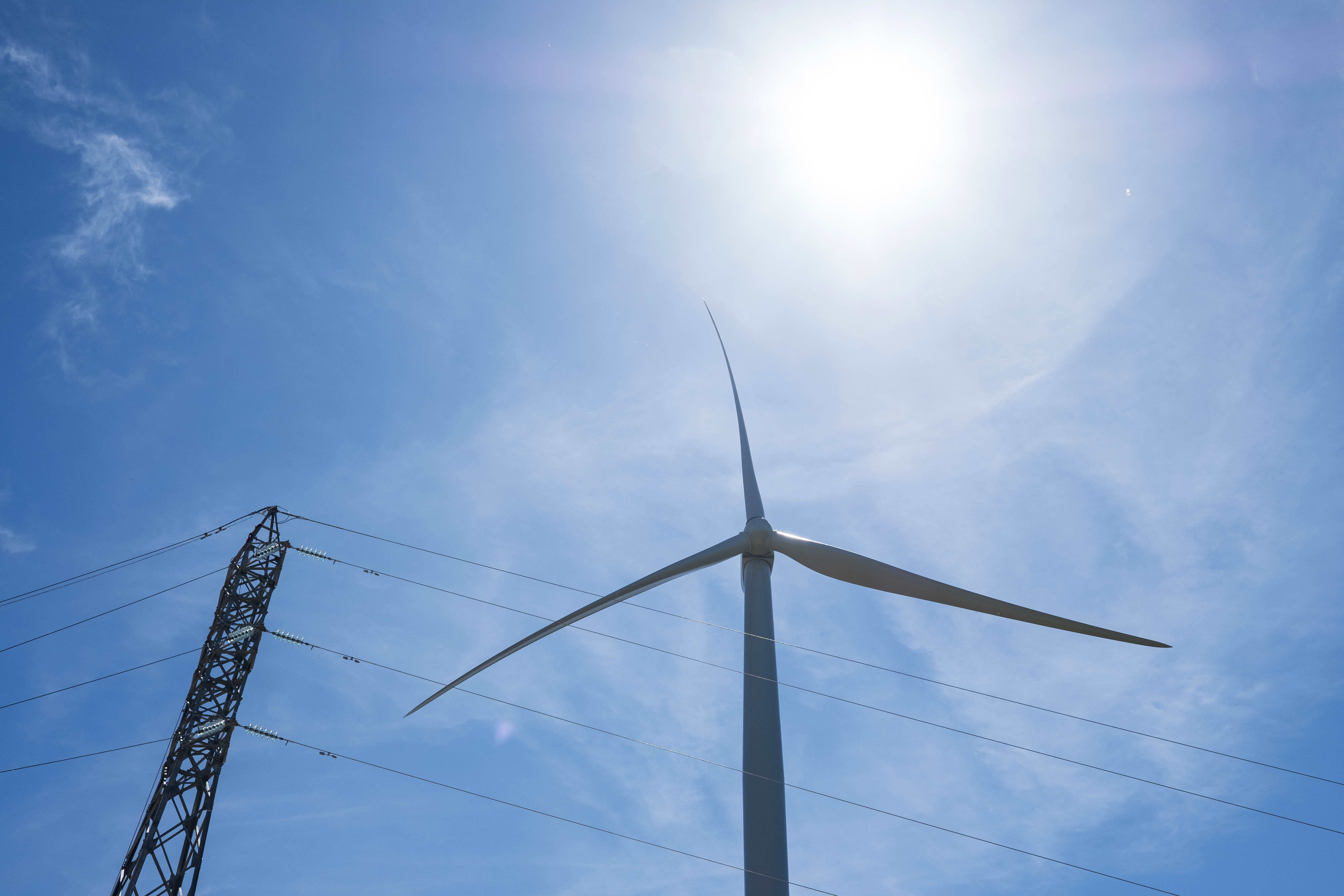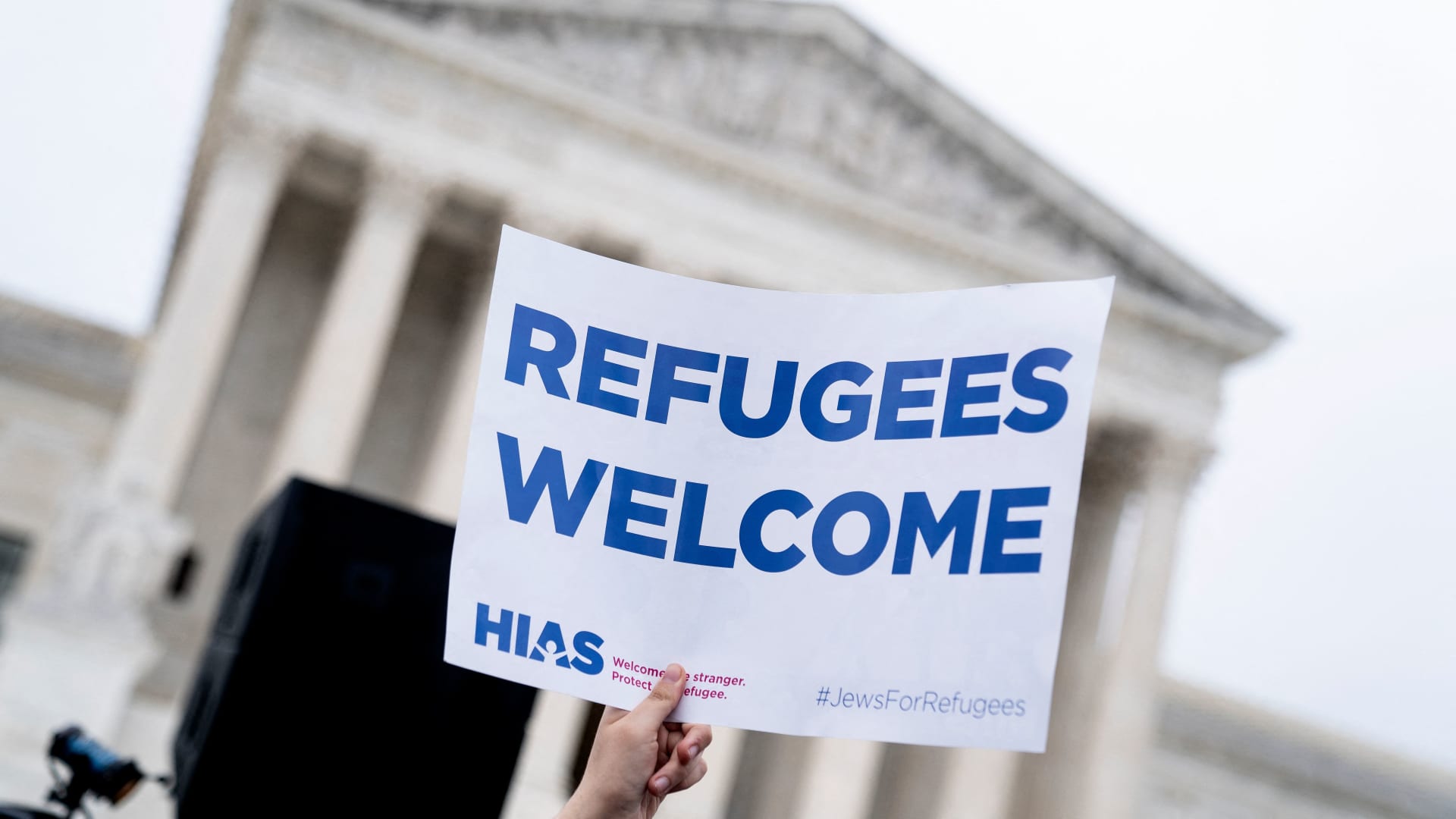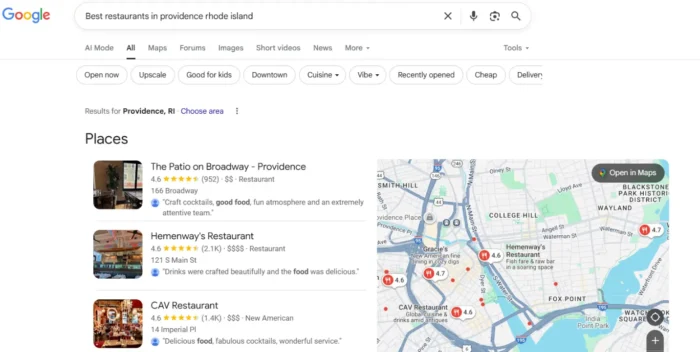Florida no longer looks like a swing state after DeSantis, Rubio lead big Republican wins
Gov. Ron DeSantis and former President Donald Trump call Florida home, and unlike in most of the country, more Latino voters in Florida voted Republican.

Republican Florida Governor Ron DeSantis waves from stage with his wife Casey and children during his 2022 U.S. midterm elections night party in Tampa, Florida, November 8, 2022.
Marco Bello | Reuters
Once considered the nation's biggest swing state, Florida is looking more and more like a Republican stronghold.
The Sunshine State delivered Republicans some of their strongest wins in the 2022 midterm elections – even as the party fell broadly short of expectations in most other battlegrounds.
The state's Republican governor, Ron DeSantis, and Sen. Marco Rubio both glided to victory against their respective Democratic opponents. DeSantis, whose star has shot up in the Republican Party, easily won another four-year term even as he is widely expected to be considering a presidential run in 2024.
Democrats underperformed in key demographics, especially younger voters, ceding ground up and down the ballot. They even failed to hold onto Miami-Dade County, the largest in the state and a longtime blue refuge, in the Senate and gubernatorial races.
"It was a mess, honestly," said Susan MacManus, a veteran Florida political analyst and professor emerita at the University of South Florida, in an interview.
Democrats fell short on multiple fronts in Florida, MacManus said. They faced a drought in national funding, a failure to address a growing registration gap and a major misread on which issues would resonate with key voters.
"One size fits all absolutely never works in Florida," she said.
Boasting 30 Electoral College votes and 28 House seats, Florida is bound to hold major influence over the national election map in 2024. Its population is the third largest of any U.S. state, and growing – but Democratic voter registration isn't keeping up.
In fact, it's going down, according to data from the Florida secretary of state's office. While total registered voters in the state rose by nearly 200,000 to 14.46 million between September 2021 and October 2022, the number of active registered Democrats fell by more than 164,000 to 4,966,873, the data shows. The number of active registered Republican voters, meanwhile, rose to 5,259,406 in the same period — a gain of more than 150,000.
That shift comes as older Americans, who vote more heavily Republican, have in recent years flocked to Florida to retire more than any other state. Some reports also suggest that more Americans were spurred to move to Florida during the coronavirus pandemic, when DeSantis' highly public opposition to federal social distancing guidelines endeared him to many conservatives.
In this month's midterms, older Florida voters came out in droves, while young voters stayed home, NBC's exit polls show. In the governor's race, 70% of total turnout came from voters age 45 or older. Those voters sided with DeSantis over Democratic former Gov. and Rep. Charlie Crist by well over 20 percentage points. The liberal-leaning 18- to-29-year-old demographic, meanwhile, made up just 11% of the vote.
Florida's swing-state status was cemented in the 2000 presidential election, in which Republican George W. Bush beat Democrat Al Gore only after extensive, highly controversial recounts in Florida that took more than a month to complete.
In more recent history, Florida's major elections have often been decided by slim margins. Four years earlier, for instance, DeSantis beat Democrat Andrew Gillum by a margin of less than half a percentage point. That was the state's third gubernatorial election in a row to end with a margin of victory under 2 percentage points.
Not so in last week's midterms. DeSantis trounced Crist by nearly 20 percentage points in the gubernatorial contest. On the Senate side, Rubio beat his Democratic rival, Rep. Val Demings, by more than 16 points.
The state's delegation to the U.S. House will include 20 Republicans in the next Congress, a gain of four seats. And the GOP extended its gains in the Florida state Legislature, clinching supermajorities in both chambers.
To be sure, Florida has long been a tough environment for Democrats. The state has gone red in eight of the last 11 presidential elections. Its last four governors have been Republicans and its House delegation has leaned toward the GOP since 1988.
But the most recent midterms marked an unambiguous rout for Florida Democrats, especially when compared with the party's stronger-than-expected performance almost everywhere else.
"I think Democrats might be better off looking harder at Mississippi than Florida," veteran Democratic strategist James Carville told MSNBC in the wake of the midterms.
Potentially accelerating Florida's political shift is former President Donald Trump, the de facto leader of the GOP, who made Florida his permanent residence before leaving the White House in 2021.
In the 2020 race, Trump lost the national popular vote by a wider margin than he did in 2016 (when he also lost the popular vote, but won the Electoral College). But in Florida, his margin of victory increased.
Trump, who in 2015 announced his presidential bid from Trump Tower in New York City, on Tuesday night launched his third campaign from Mar-a-Lago, his Palm Beach resort home.
Nationally, the Democratic Party apparatus and its biggest donors appeared to lose hope of turning the tide in Florida, reportedly spending small fractions of what they had invested in previous cycles.
The state is also home to a demographic phenomenon that benefits Republicans. Unlike in much of the rest of the country, Latino voters in Florida break for the GOP.
In NBC's national exit polls, Latino voters across age and gender lines voted more for Democrats. But in Florida's elections for Senate and governor, more Latinos voted for DeSantis and Rubio, exit polls show.
Analysts often point to Florida's high population of Cuban Americans, a group that consistently trends more conservative than other Latinos, to explain the trend.
But MacManus noted that more Florida voters of Puerto Rican descent sided with Republicans, as well.
Whether or not Florida is destined to become a competitive state once again, it may not happen by the 2024 cycle.
"Everybody I talk to says it's going to take a while," MacManus said.

 Hollif
Hollif 































